
There’s OC underground punk, and then there’s My Name Is Harold: I Am an Outlaw!, a 1981 tape recorded by the Omlits. It starts with heavy guitars and a man introducing himself as “Punk Harold.” He begins yelling as the bass and hard-hitting drums fall in line to capture the insanity he’s about to describe. His friend Cathy, Harold screams, had her foot shot off, “her cunt sewed up,” her mom stuffed, then her own head chopped off. “And next in line is you,” he spits out with a sneer.
Punk Harold proceeds to introduce his sick, outcast world with a bullet belt of songs. Tony “slit her boyfriend with a razor,” then “bit off Daddy’s dick.” Harold himself boasts about taking a cumshot in the mouth on “Big Surprise.” He asks all the characters he just described on “The Chance” to kill him, to “make me scream for more while you have the chance.” And then he confesses a crush on 1970s teen TV heartthrob Lance Kerwin on “James at 15,” one minute of grinding, breathless punk: “James at 15 wants to fuck you/James at 16 wants to suck you.”
My Name Is Harold is the crowning achievement of Robert Omlit, a scrawny, 5-foot-9-inch, queer, white boy with huge granny glasses, professor-like attire, and a receding hairline and big head (think Timmy from South Park). His band, the Omlits, emerged alongside fellow Fullertonians the Adolescents, Middle Class and Social Distortion to help birth OC punk. Tony Reflex of the Adolescents named Omlit as a heavy influence on him as a vocalist, alongside Jim Morrison, Janis Joplin and Chris D. of the Flesh Eaters. “He would crumple on the floor and literally scream until the veins in his head bulged and [he] passed out,” Reflex wrote in a 2014 blog post. “A truly amazing vocalist.”
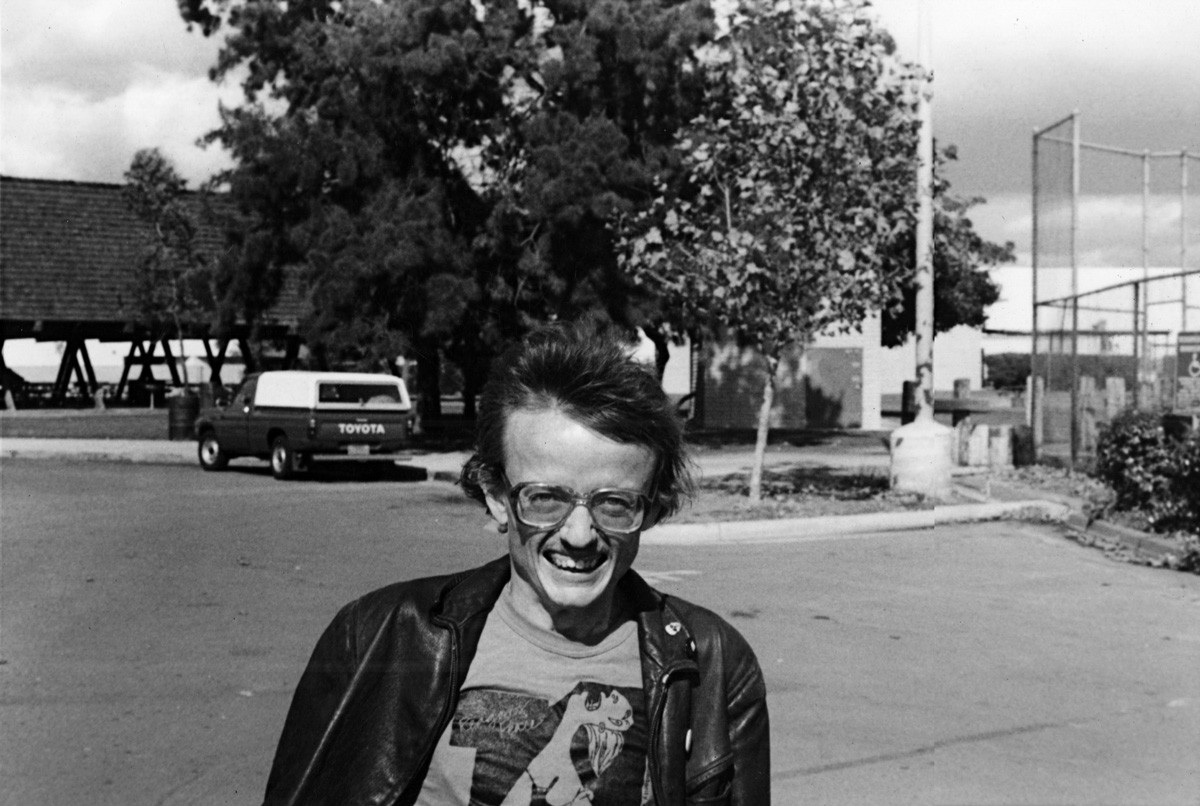
Omlit stood far apart from his peers in other ways. He was openly gay in an era when and place where that got you assaulted, and he frequently championed women musicians in a scene that, to this day, remains one giant sausage party. That’s what puts My Name Is Harold miles away, musically and topically, from OC punk then and now, among the holiest of Holy Grails in OC music—almost impossible to find as a hard copy and unavailable on YouTube.
Just as quickly as Omlit cut across Southern California music, he disappeared. His tapes gather dust in his brother’s closet in Austin, Texas, or are scattered among friends. But among those who knew him, Omlit is like a Neal Cassady of the OC sound, everything people aspired to become but never dared to try. “No one in the world would’ve known who he was unless you were actually in the scene or you knew the band because they were so cutting-edge and underground,” says Bill Evans, owner of Black Hole Records.
“When Bill Evans and I first met him, for a while, we referred to him as the punk,” adds Robert Larson of Naughty Women. “It was like there’s people who think they’re punk, but they’re not punk. [Omlit was] truly punk.”
* * * * *
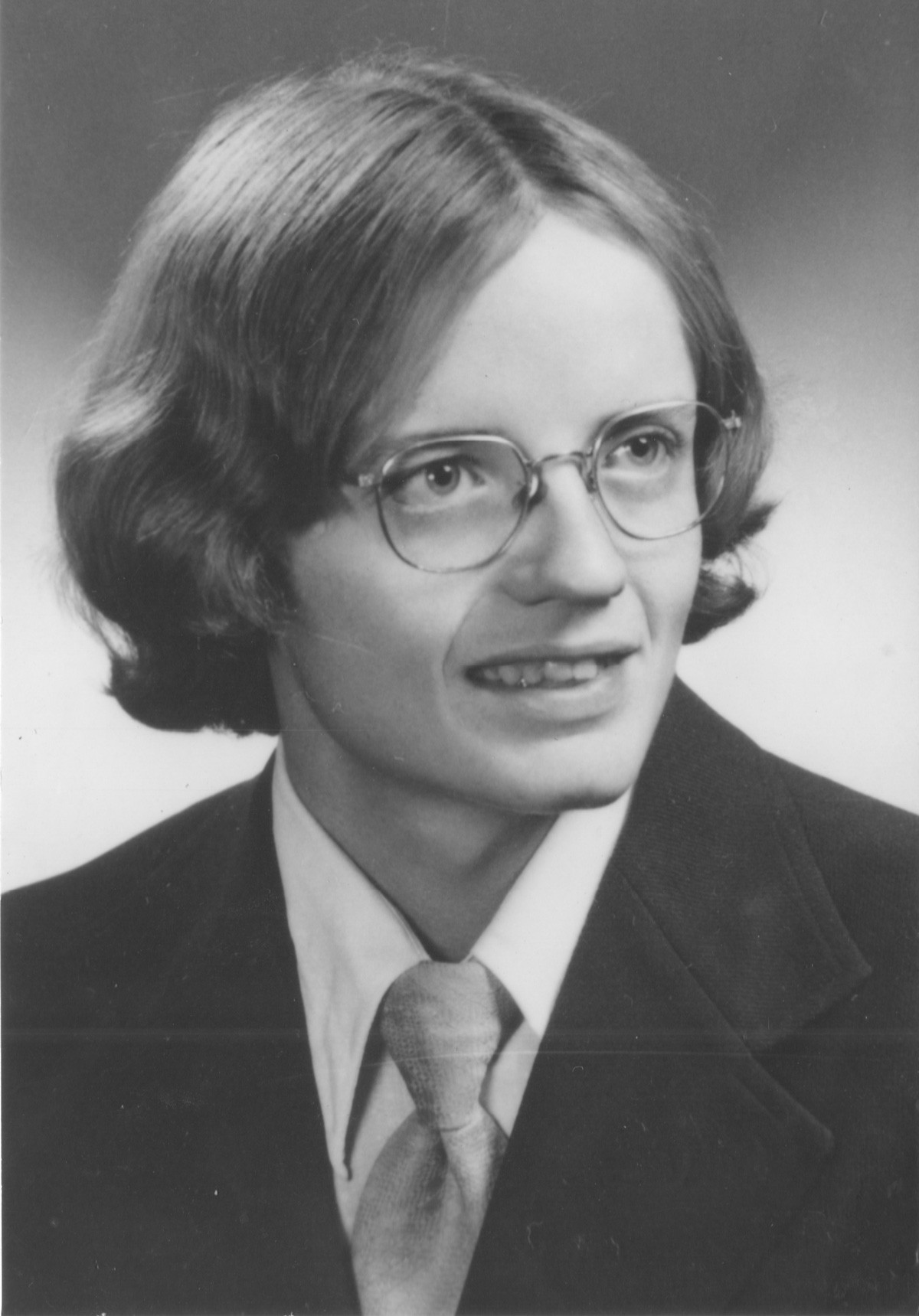
Omlit’s real name was Robert Dolan Logan Jr. He was born in 1957 and grew up in a two-story tract home in East Anaheim, with a bipolar mother and an alcoholic father. Though ostensibly conservative Christians, the two threw “pass-out parties” in which Robert and his sister watched their younger siblings while strange women ran around the house in negligees. If the kids acted up, their mother would tell their dad, and a couple of times a month, he’d call the family into the kitchen. Robert, a natural bookworm who somehow ordered the complete canon of Beethoven at 6 and played it at every chance, got the worst of what his father had to offer.
“He would get fucked-up, and he would slap Robert around in the kitchen and berate him,” says Robert’s brother, Korye Logan. “That shaped Robert—a lot, more than anyone wanted to admit.”
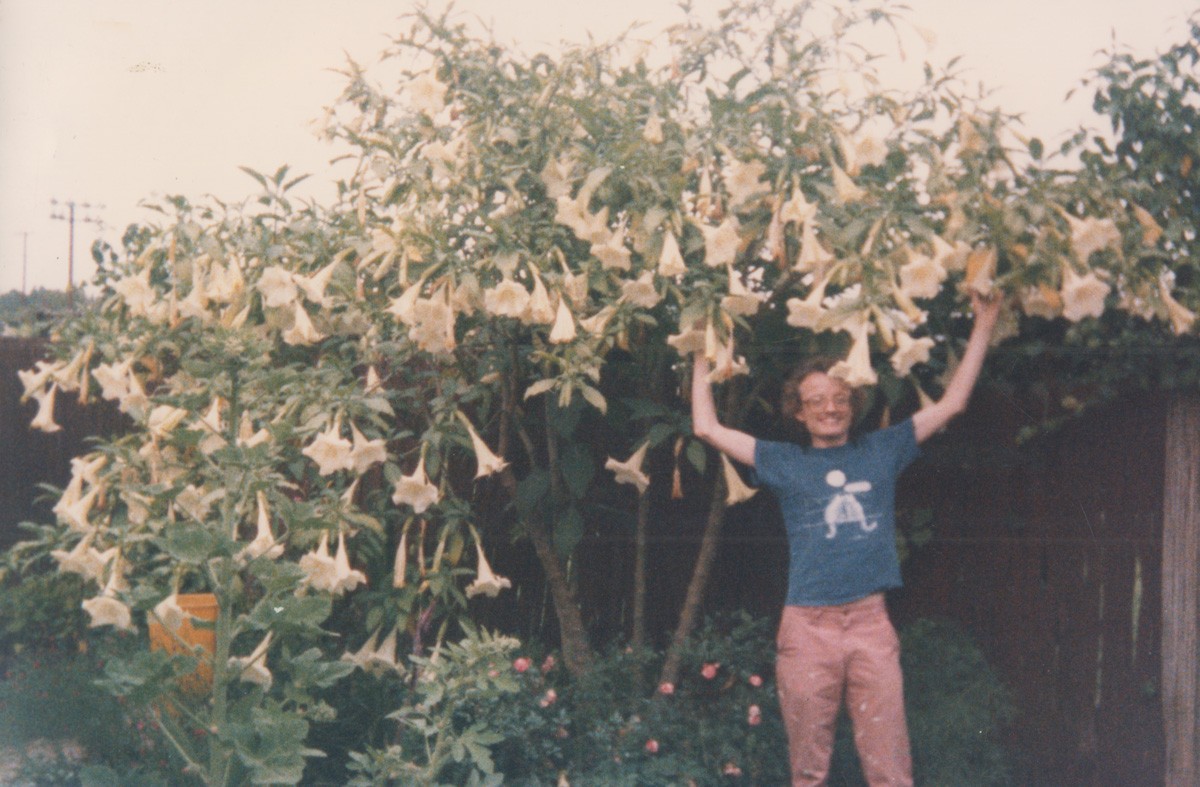
Another blow came when doctors diagnosed Omlit at 15 with scoliosis. He refused treatment, feeling any brace would take away what little freedom he had. So Omlit self-medicated instead: a diet of early Bowie, New York Dolls, Alice Cooper and T. Rex to start, then weed and booze before getting into acid by 17. By the time he finished Anaheim High School in 1975, he had driven his Ford Rambler into a telephone pole to see if the engine would fly between the seats.
Omlit checked himself into a psychiatric ward in San Francisco in 1976 for two months after becoming so obsessed with the Alice Cooper song “The Ballad of Dwight Fry” (which is about—yep—a guy in a mental hospital) that he believed he was the protagonist. When he got out at age 18, he had figured out his salvation. He sought his best friend, Troy Mills (known as Blind Troy, because he was actually blind), and the two began to play punk.
[
“He was trying to find a new reality because of the way it was at home,” says Omlit’s sister, Cynthia Moore. “He held in all the anger from growing up and everything, and that’s how he showed it, through his punk. . . . He could be wild and loud and extreme and out of the norm.”
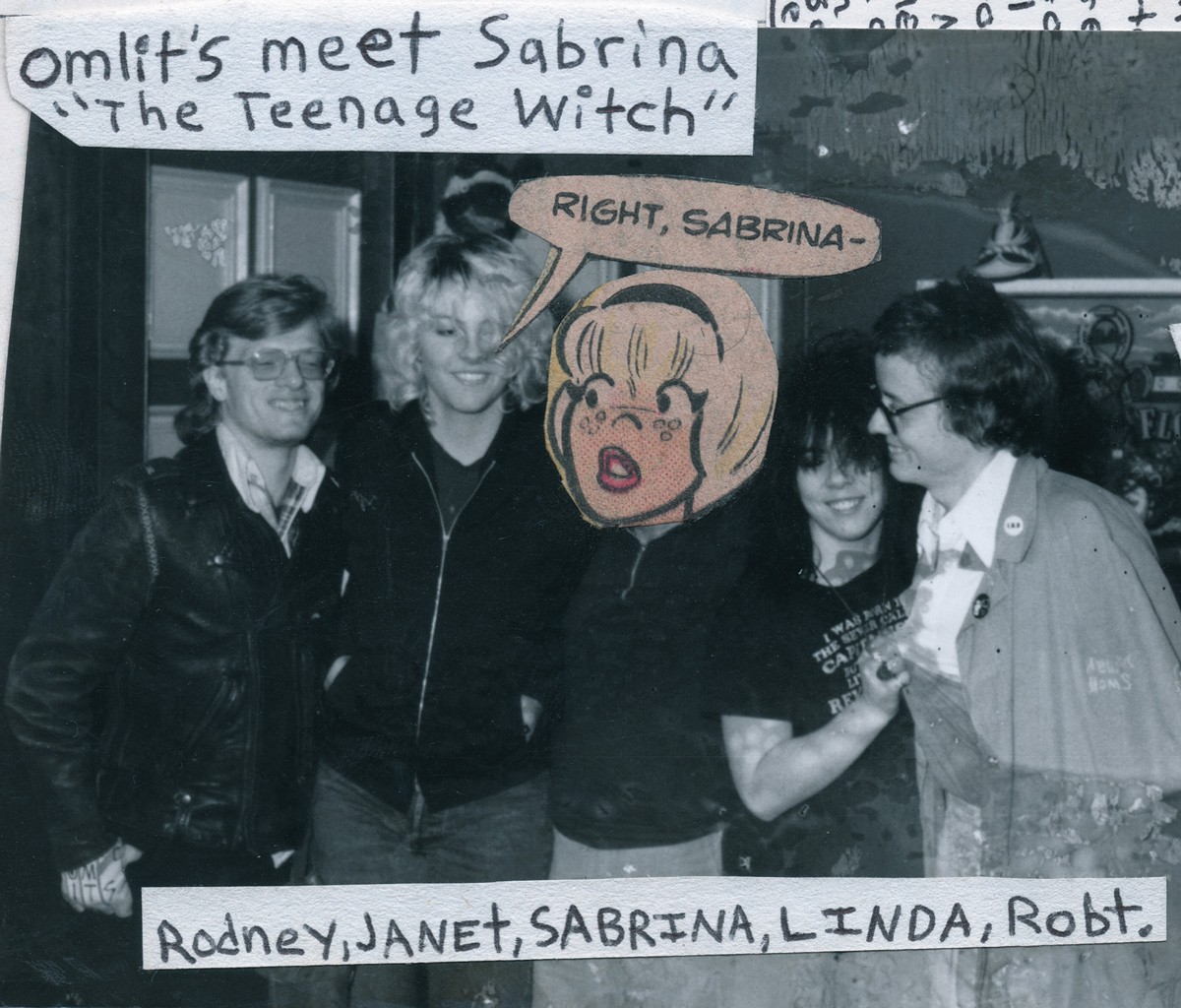
Mills and Omlit gravitated to Fullerton in 1977. Rikk Agnew and Scott Hoogland of the Mechanics became fast friends with Omlit, who was fronting a band called Christopher Sly & Touchstone, then started another one called Battered Children, with Blind Troy on guitar. Evans describes these early efforts as “art damage,” recalling that Omlit used a ladder in place of a mic stand. “He used to hang himself upside-down, hammer tacks in his forehead, and eat cockroaches,” Evans says.
Such stunts quickly landed his picture on the pages of Playboy that year. For a punk fashion show at the Hollywood Palladium that featured Blondie and the Adverts, Omlit dressed in chains and a robe of rags, his face punctured with safety pins from which hung necklaces. A closeup of his snarling face prompted another magazine to quip, “The punk craze may have been born on the streets of London’s Chelsea, but it took the streets of Los Angeles to produce the cult’s most bizarre picture.”
Soon after, Agnew and Omlit created the Omlits along with another group: the synth-punk Mertzes. At the Mertzes’ first show, says synth player Carlos “Bitty” Isais, the crowd got so inspired that “people tore that house [where they played] apart, ripping the doorknobs off . . . and the electrical outlets out of the wall.”
* * * * *
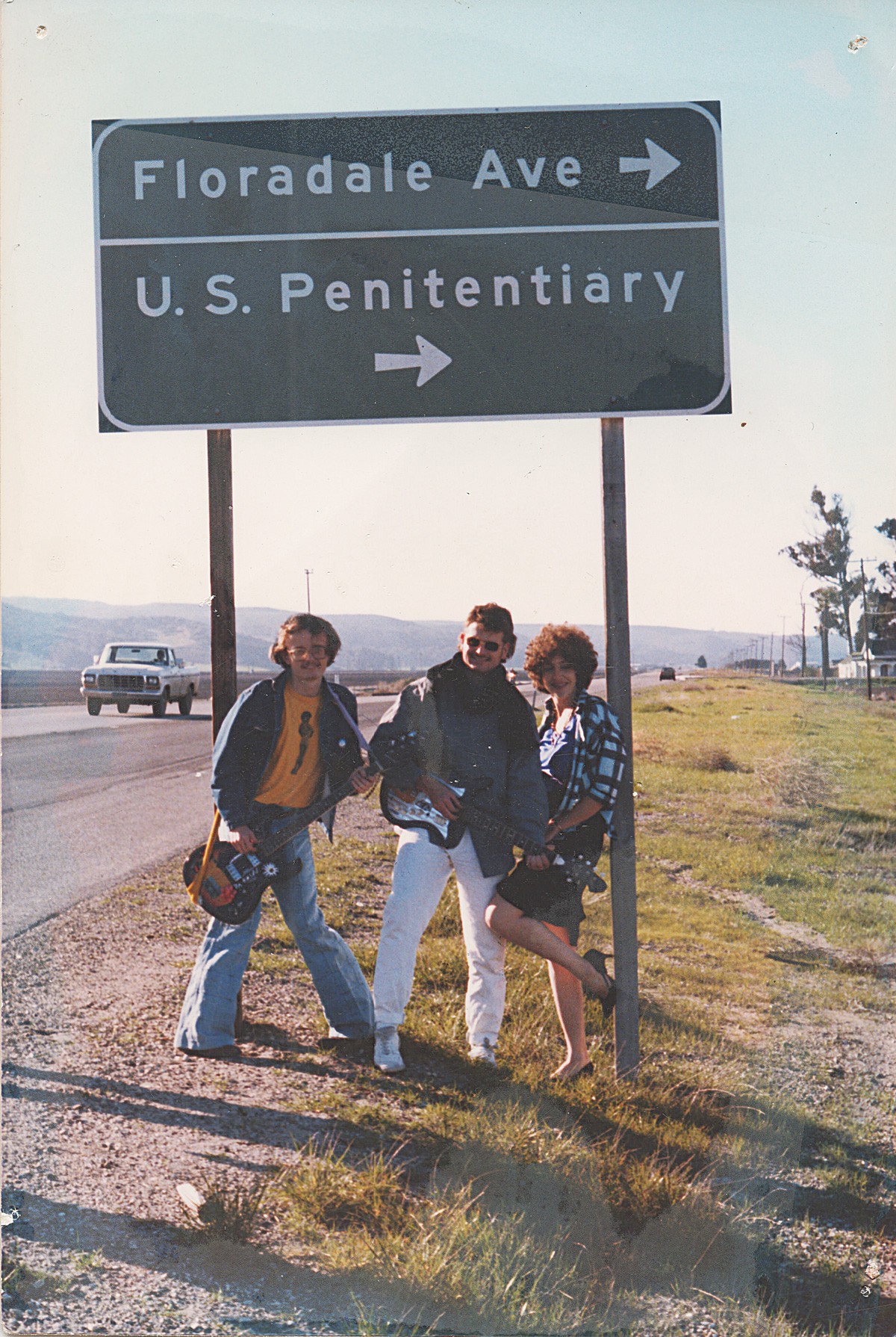
“The Mertzes used our Fullerton studio to film a video,” Dennis Catron of the Mechanics wrote in a 2009 online remembrance titled “Robert Logan, The King.” “The first song starts, and before he even starts to sing, Logan lifts his shirt and starts hacking away at his chest with a box cutter, blood flying everywhere.”
That recording is lost, but the cutting became a regular thing for Omlit during performances. So did his open homosexuality. He’d constantly attempt to seduce men and was unafraid to profess his crushes on musicians during live sets. A fan of Hillcrest Park’s cruising scene, Omlit would share the juiciest of details with whoever wanted to hear and would ocassionally bring men to the early punk spots; Evans once caught Omlit having sex with a guy in his room while other punks giggled by the door.
Omlit suffered for his sexuality. While his parents loved him, his mother gave him a set of gay-conversion therapy tapes. Someone approached him after a show yelling, “queerboy” before slapping Omlit and smashing his glasses on the floor. After straight friends teased him at a barbecue by calling him a “faggot” and giving him a hot dog, Omlit grabbed a knife and cut a long X in the middle of his own chest.
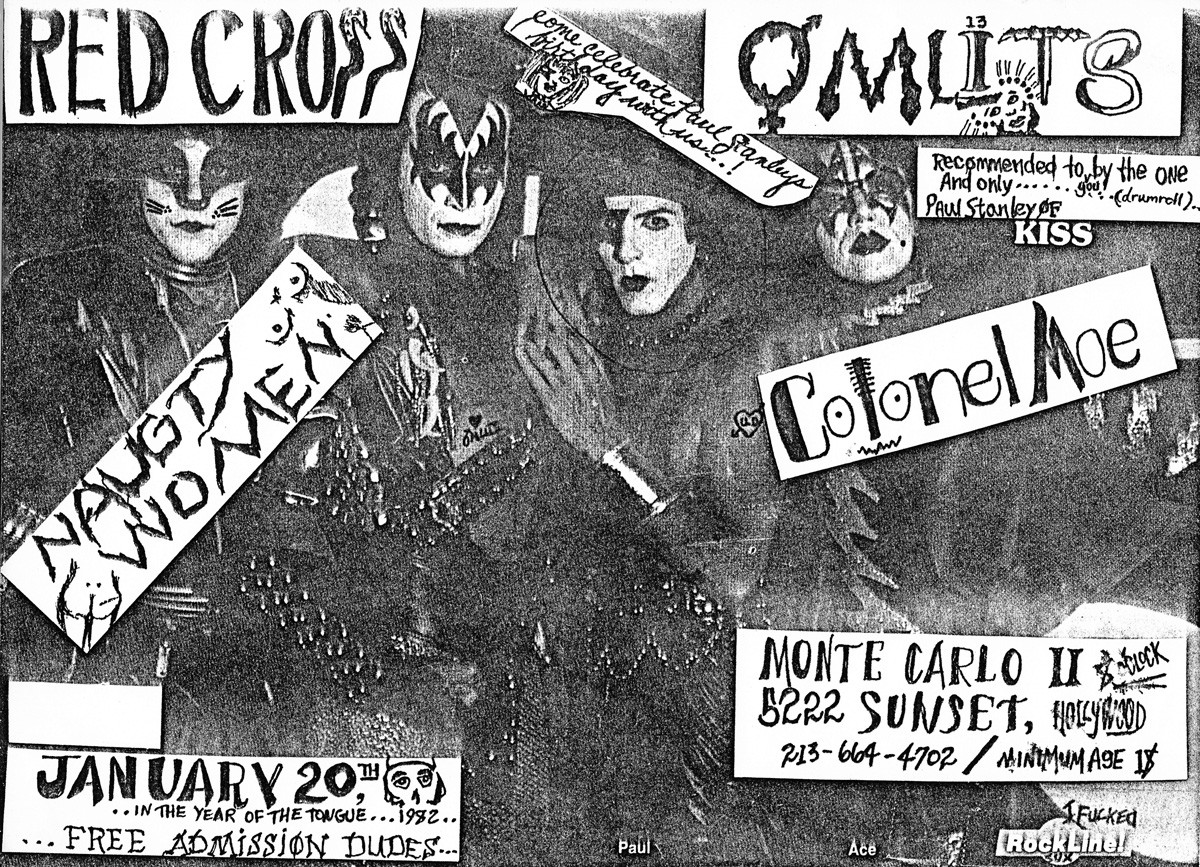
“They loved Robert, but they thought it was one of his oddities,” says band mate Rosann Simeroth, referring to the male punks in the Fullerton scene. “When he was being teased about being gay, he would show them. ‘Oh, well, I’m going to show you how much I can take. You think you’re messing with me? You don’t even know.'”
That pain filtered into his music. He sang about queer identity on tracks such as “James At 15” or “I Wanna Be a Lezbian” and released a tape simply titled Gay Is OK! The sounds that backed his lyrics became harder, more abrasive, yet with an artistic approach that challenged what “punk” was. “He was Stephen Hawking meets Darby Crash,” says Don Bolles of the Germs.
“He changed the way [people] looked at things,” Larson says. “He had this effect on people of making them question going along with the flow and just being absurd and ridiculous.”
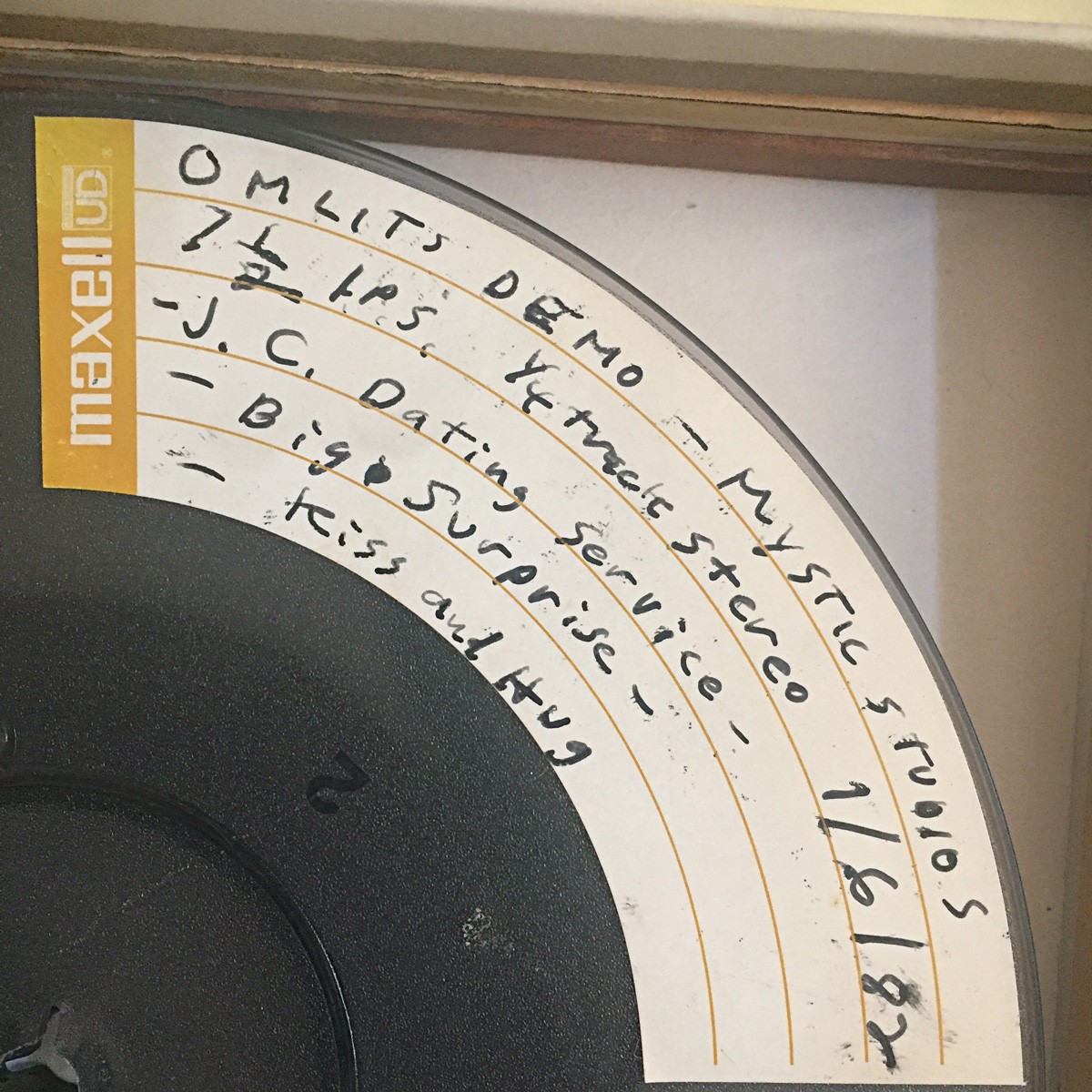
Omlit hopped from band to band, but he revamped the Omlits in 1979 with Simeroth and 15-year-old Linda Taylor, rechristening them as Rozy and Linda Omlit. They spent weeks learning the old Omlits songs; Simeroth described their sound at the time as “really grungy and chaotic with very short songs that had definitive beginnings and endings.”
“It was more like ‘no wave,'” she says now. “We had a lot of humor in our songs. Robert was an amazing performer who would do anything to grab the audience. We were just all kind of extremists in our own way. Anything we could do that would disrupt the usual concept of the band, we would do it.”
The new Omlits came together just as Mike Ness moved into the Black Hole in 1979. Omlit and Kirby D. White (Kirby Jones of Omlits, later of Duchess DeSade) became his roommates, with the two of them sleeping in the bedroom while Ness took the front room. “He was an odd fellow,” Ness said in the 2001 oral history We Got the Neutron Bomb: The Untold Story of LA Punk. “We used to take his Throbbing Gristle records and throw them across the street.”
[
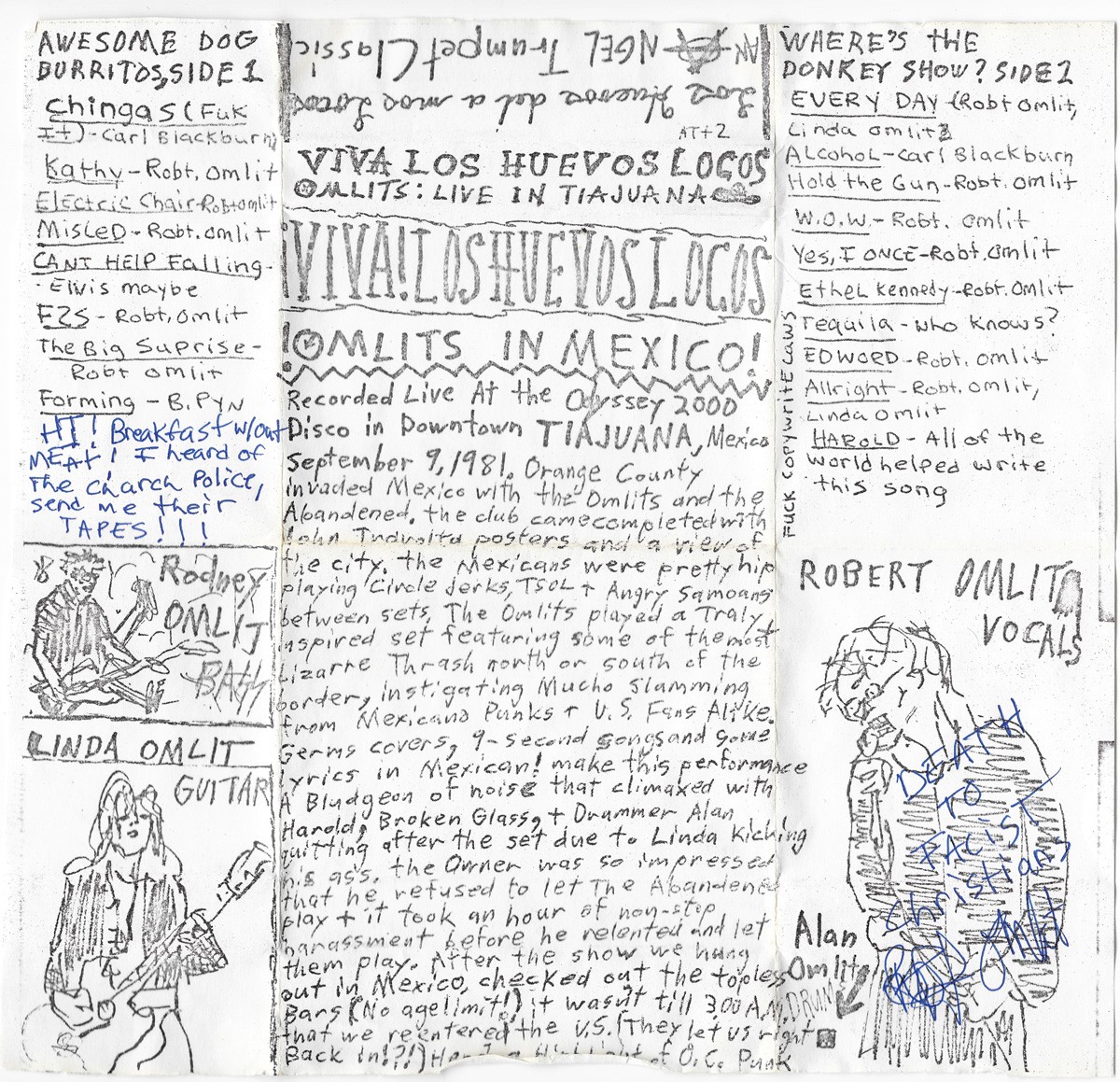
Maybe Omlit deserved that: he’d leave on the gas burners on purpose and try to blow everyone up. But women in OC punk adored his charisma, as well as the fact he wasn’t trying to get in their pants. Other misfits gravitated toward him as he urged everyone to start playing music, even if they had no idea how. “He gave us permission to be true to ourselves,” says Cat Gwynn of the Omlits and another Omlit band, Several Pamelas.
“Robert’s role was that of a very strong supporter,” says Paul Shuirman of Public Humiliation. “He gave our band—and me as a songwriter—the confidence to perform and write as if we were legitimate artists that mattered. We were in it for the jokes, but he saw much more in our songs.”
Omlit drew from his circle to create a Coachella festival’s worth of long-gone bands: Several Pamelas, Black Tooth, Red Tooth, Half Joe, The Moss Connection, Aufreizen Todesfal, B.E.M. Refreshing Patios, The Bolsheviks, Little Johnny Monologue and the Albino Family Dance Band. Through a label he created in 1980, Angel Trumpet Records, Omlit recorded some of these groups on a 4-track cassette recorder and sent the tapes out into the world through the zine Maximum Rocknroll. He also put out rereleases for established bands such as Naughty Women, Public Humiliation and the New Men. In addition to recording and distribution, he published heavily detailed hand-drawn fan zines and tape covers to push the music. “He was DIY before DIY was a thing,” says Agnew.
* * * * *
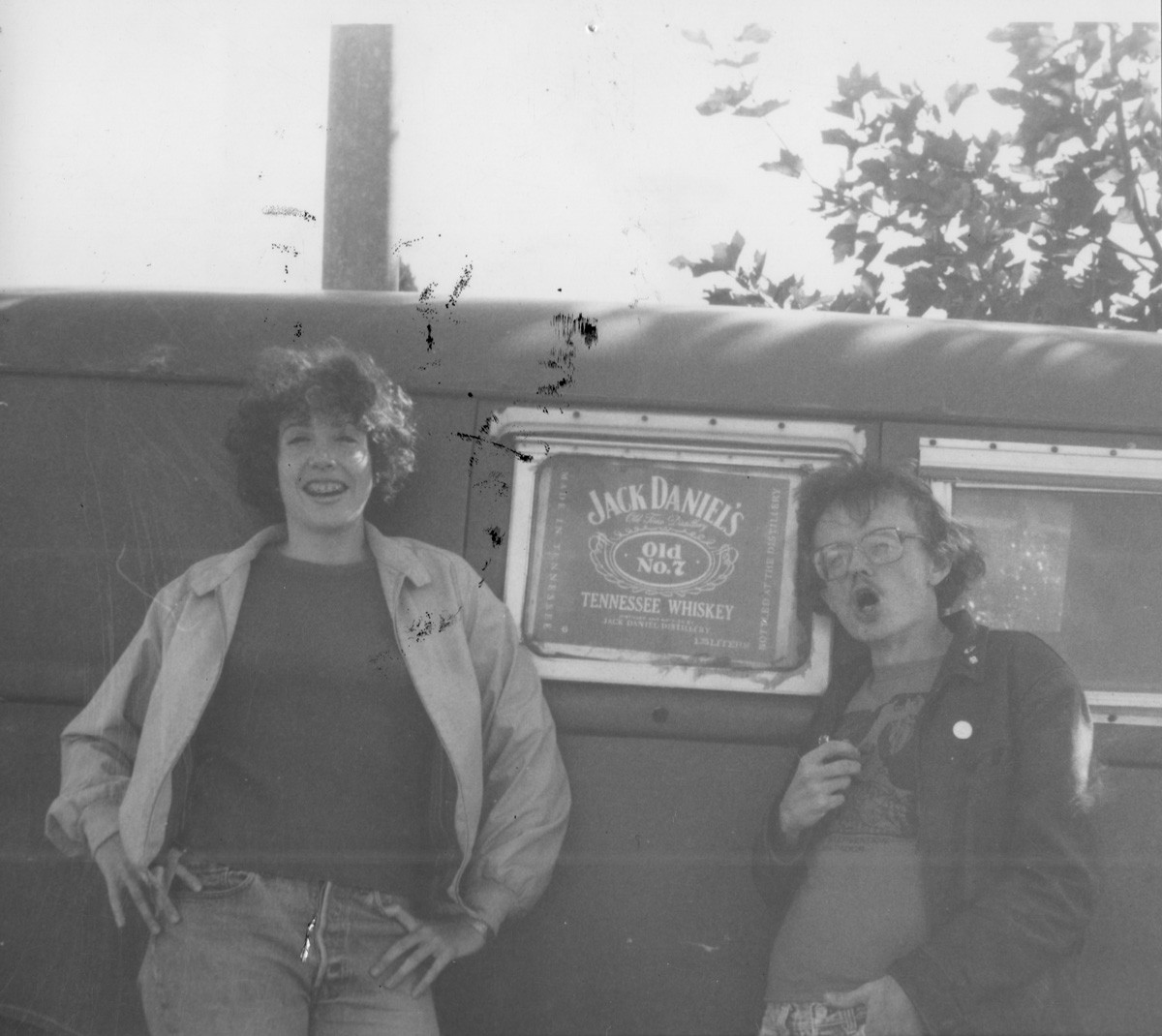
In 1981, Taylor convinced Omlit to take their band more seriously. They were the two constants in an ever-rotating lineup, and they had a winning formula with their him-and-her rapid-fire punk. They even stepped into politics as the Reagan era began on “All Right”: “The Moral Majority only makes me feel shitty/The time comes, I’ll show no pity/Gun ’em down on the streets of my city.”
“It had to be short and fast unless it was the ‘Harold’ jam,” Taylor says. “People didn’t have the attention span to listen to anything longer. You could say something really quick and be on to the next song. I loved that.”
People outside Orange County were paying attention. The band played a show in Tijuana at which Omlit sang “Can’t Help Falling in Love” partly in Spanish and did a trashy cover of “Tequila.” An LA Weekly survey of Southern California musicians, club owners, DJs and fans ranked them as one of the three worst bands in the region, alongside luminaries such as Black Flag and Wasted Youth. Legendary zine Flipside praised their live shows, and they were a Critic Pick in the 1981 year-end issue of Music Connection. “This Orange County band leads the pack in intensity and nihilist posturing, making the Germs’ demise almost irrelevant,” the magazine enthused. “Loud, brittle and obnoxious. They soften you up, all the better to hit you with their intelligent, perceptive politics.”
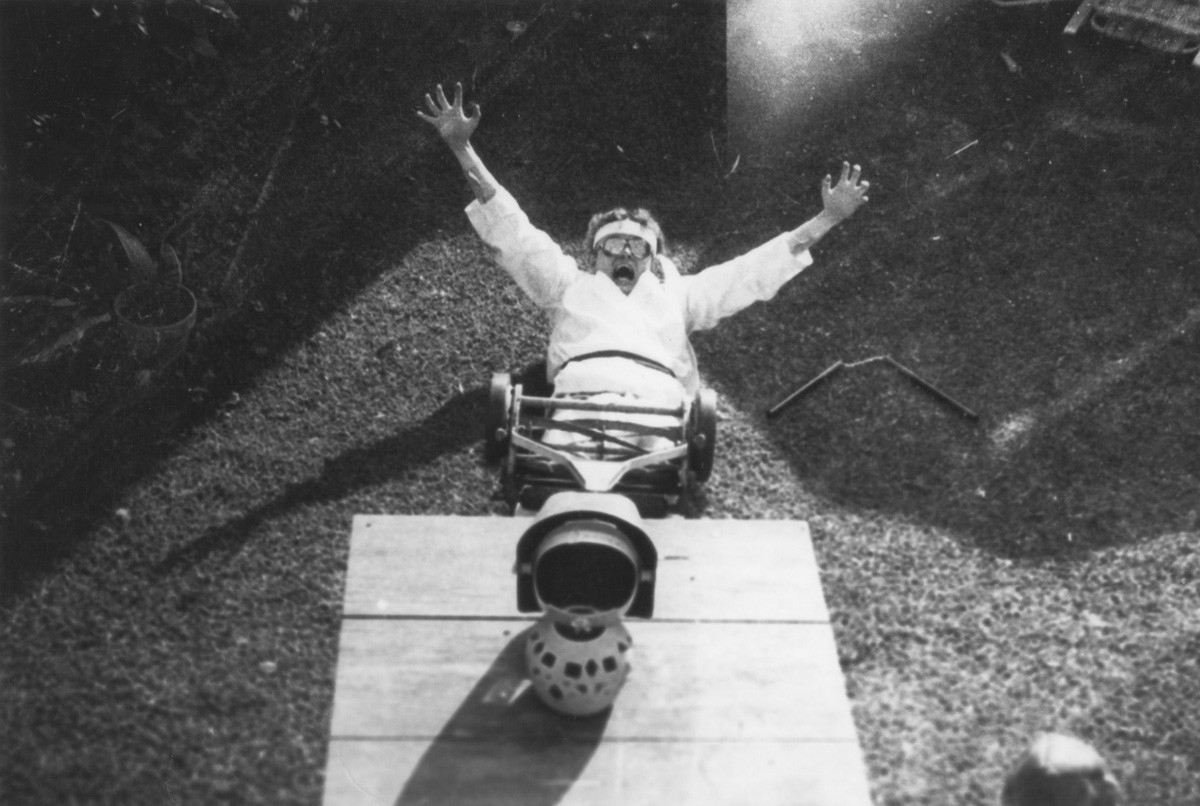
The next year promised even better things. The Omlits had finally gelled with Robert on vocals, Taylor on guitar, Shaun Minken on bass and Janet Housden (later part of the legendary Redd Kross) on drums. Influential punk label Mystic Records recorded them in early January 1982 for a compilation. Two weeks after that session, they landed their biggest show to date: opening for Vox Pop and Nervous Gender at Whisky a Go Go.
“So much of that was a blur, I was so fucking nervous,” Taylor says. “We were at the Whisky. Playing with Vox Pop . . . Me and Janet were so tight. All we had to do was look at each other, and we could change the tempo. We were getting really good.”
But the next night, at a show at the Monte Carlo II in Hollywood, Omlit began yelling at Taylor onstage. Relations had been strained between the two for weeks. He kept yelling at her, then walked off. The Omlits were over. Omlit would later tell Simeroth that he was angry that Taylor didn’t give former Omlit Gwynn a ride home from the Whisky the night before, but his friends continue to call bullshit. “With some people, it’s almost like they fear fame, they fear success,” says Agnew. “Or they’re really insecure about it because they’ll reach all the way above to the point, and then all of sudden, the floor drops out from under them somehow.”
[
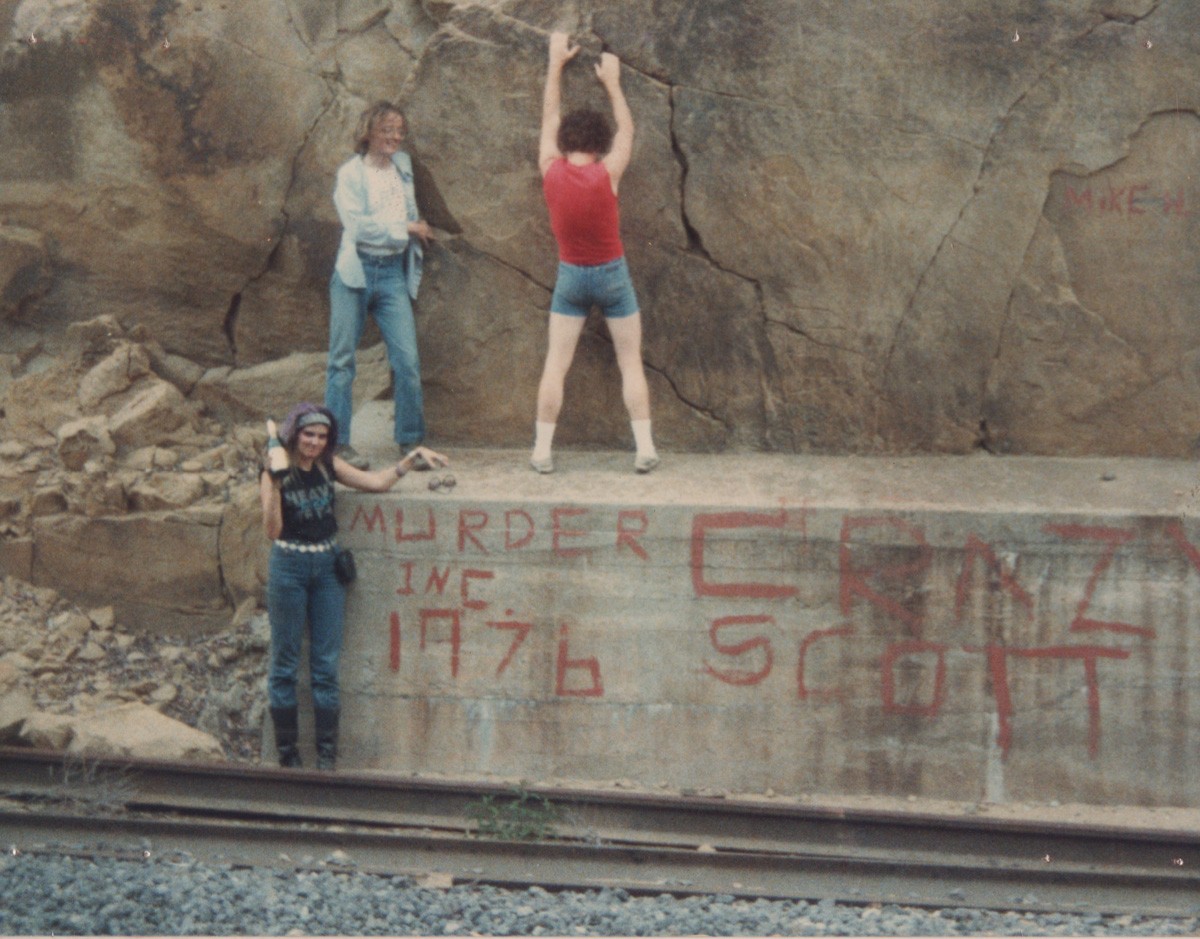
The breakup happened just before the release of My Name Is Harold: I Am An Outlaw!, a compilation of recordings made between June 1981 and January 1982. Live shows, demented jam sessions, fully formed songs and more, it’s a relentless hodgepodge of brilliance. Taylor’s guitars sound like black metal and dance off the rhythm section. At the center is Omlit, thriving in the raw noise and delivering lyrics that made you either laugh or want to mosh.
But by the time My Name Is Harold dropped, Omlit had already moved on to his glam-punk band Several Pamelas. He tried to reformulate his bands in 1984 as Da Omlits, with Kirby Jones on guitar, Robert on vocals and Simeroth on drums—after he promised to stay away from political lyrics. But when Robert decided to bring on his brother Korye Logan, who didn’t know how to play an instrument, Jones quit. “She said we sucked, and it was just embarrassing for her to play the songs,” Simeroth says.
The band continued for some years before ending for good in 1988, never reaching its potential. “He threw it all away; he was such a dick,” Taylor says. “I thought we deserved it. . . . We were totally poised to do something. Rikk would’ve let us tour with any one of his bands, but Robert just sabotaged it. . . . Even the smallest taste [of success] scared him away. We didn’t even get a swag bag. Fuckin’ nothing.”
* * * * *
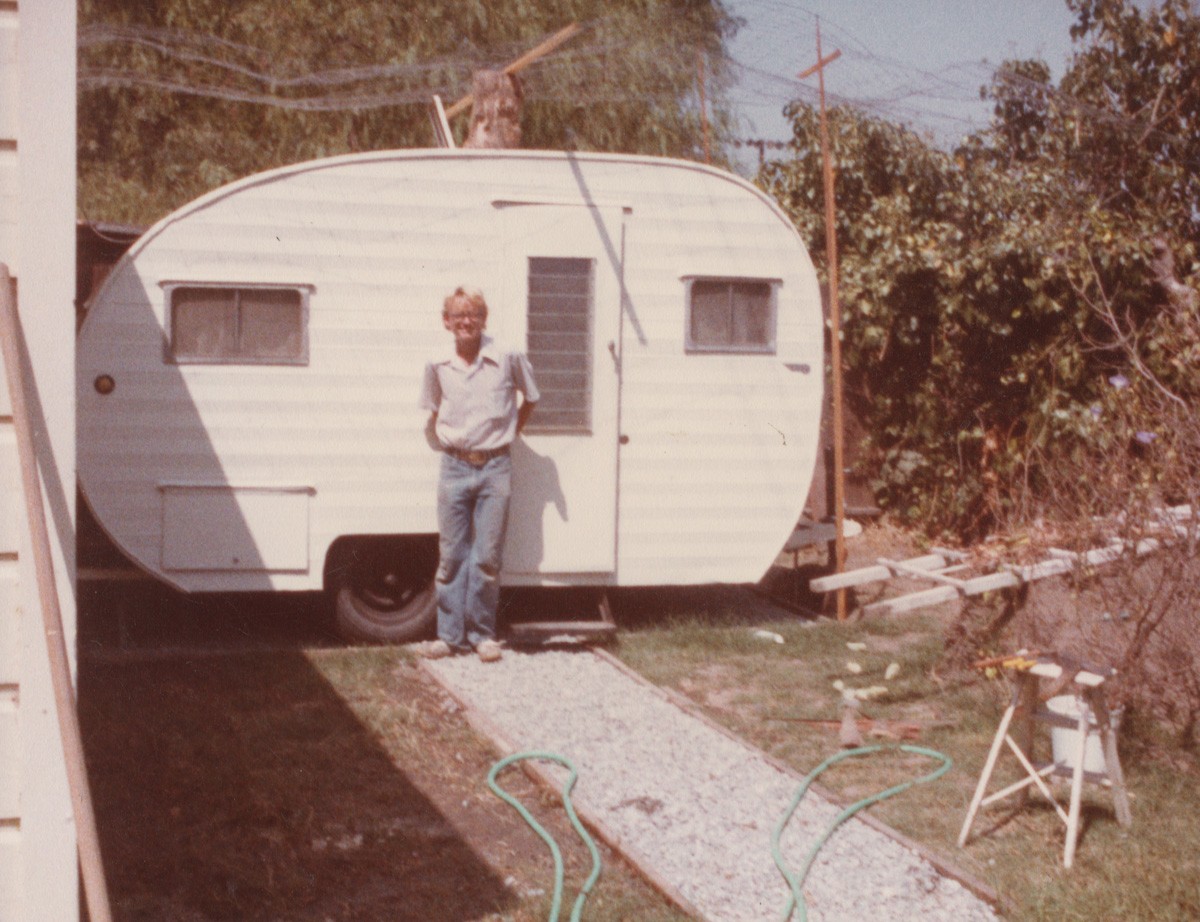
In 1990, Simeroth went to visit Omlit at his house in Orange. Omlit was then a solo musician, and he had a job at an electronics firm in Anaheim.
“He came out to meet me at my car, and he was using a cane,” she recalls. “Robert was a prankster, and I thought he was joking with me, and I laughed at him: ‘Robert, what are you doing with that cane?’ And he said, ‘I need this cane to walk,’ and I did not know that. That’s when it really hit me that something was wrong, that his body was starting to go away.”
His scoliosis had finally caught up with him, leaving him in severe pain and constantly on pills. He took a leave of absence from his job to prepare for surgery, and Moore recalls Omlit sounding positive as he made plans to buy a car and get his own place. He and his father were trying to reconcile at the time, and Moore remembers the last time she spoke with her brother.
“We were discussing things from our past, and we were telling each other, ‘Hey, we’re okay,’ you know?” she says. “We survived it; we could keep going on with life. It was a good conversation.”
He never made it to surgery. On June 11, 1991, longtime friend and roommate Khristy Warch noticed he hadn’t emerged from his room for a while. “He told me he’d lock his door if he was going to commit suicide,” she says, “because he didn’t want my daughter coming in and seeing him because he was her godfather.”
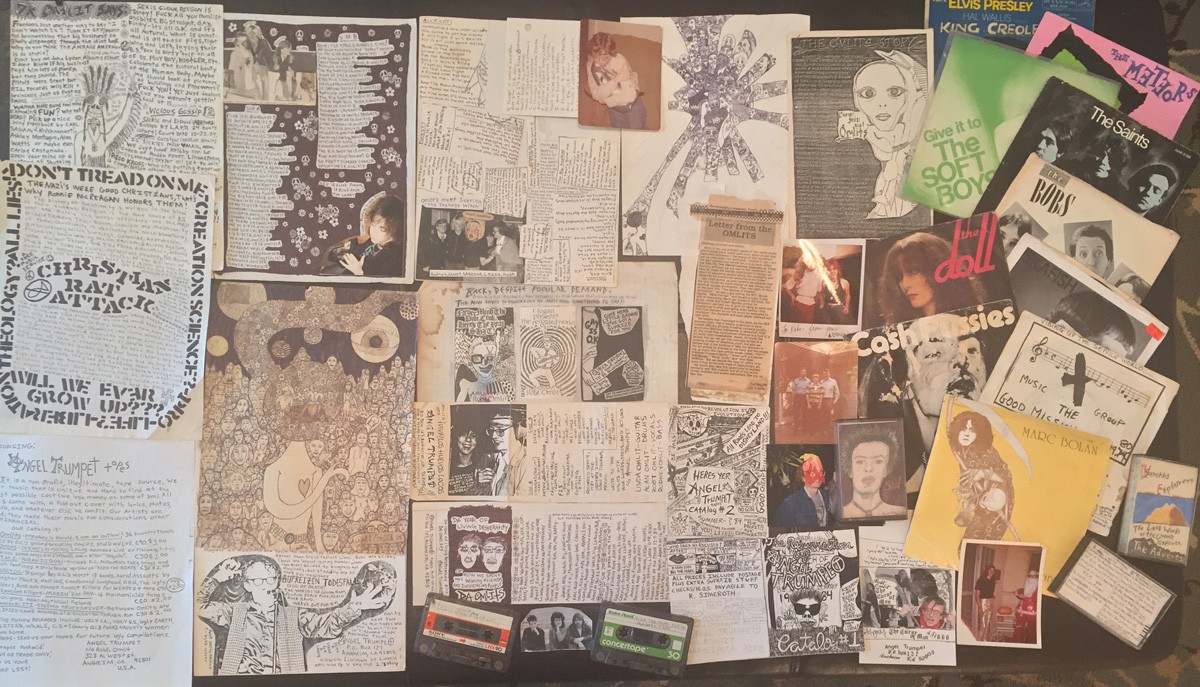
They found him sitting in a chair with a burning cigarette in his hand, listening to the album Snake Handler by Divine Horsemen. He died at 33, the age that he used to tell his sister he’d never live past. His death was ruled a suicide from a mix of pills and alcohol, although Moore and some of Omlit’s friends still can’t believe he purposely killed himself. There was no suicide note, but his brother recently found the following poem in one of Robert’s notebooks:
Oh sweet and tender sleep of darkness,
Enfold me in your painless arms
Take away
All that this cruel god has given me
All that this cruel world has taught me
Give me
The fields of joy once more
The arms of comradorie [sic] once again . . .
Don’t scream at me becuz I have no wings + don’t dislike me for my dreams . . .
Omlit’s former band mates and friends got together for the funeral, and many have written about him over the years on personal blogs, memoirs or oral histories. But he never made it into the OC punk pantheon, and precious few of his recordings, photos or artwork can be found on the internet. His legend, though, is such that people upload tracks they claim are his. “There seems to be an epidemic of Omlit’s MP3s on people’s websites,” Catron wrote on his website in 2009, “and I can honestly tell you not a one of them is Robert.”
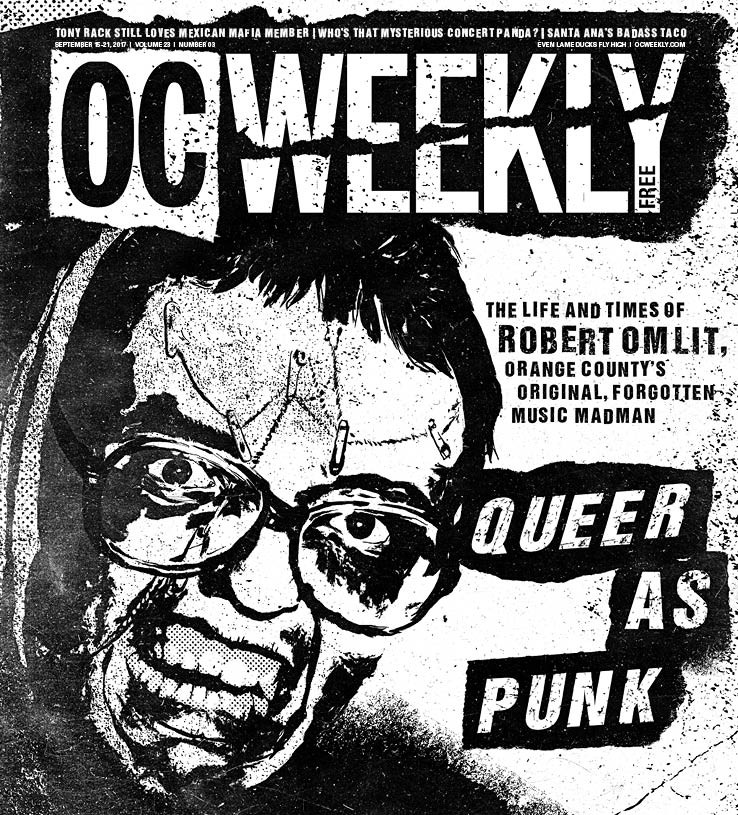
Logan has boxes of his brother’s archives: zines, posters, fliers, recordings and more. He’s currently scanning images and converting tapes, with plans to upload them to a memorial site in the hope that his brother’s works finally get the recognition they deserve. “He still speaks to people in unique and important ways,” Logan says. “[There’s] repeated interest from people all over the world. . . . Punk rock, to Robert, was all about imagination, creativity, collaboration and expression!”
The Omlits and all of Robert’s side projects stand as a testament that queer and women punks fucked shit up in the early days, just as much as their cis-male counterparts. Tellingly, he’s listed in the “In Memoriam” section of the seminal 2006 documentary American Hardcore: The History of American Punk Rock 1980-1986, based on Steven Blush’s book of the same name. In that book, he included a picture of Omlit at Black Hole, caught in a giggle.
“Back then,” Blush says, “the hardcore explosion included fucked-up, offbeat, so-called ‘artsy’ bands that fit the nihilistic mindset. Robert deserved to make that list in the film because he was one of unfortunate many who literally gave their life to the scene.”

